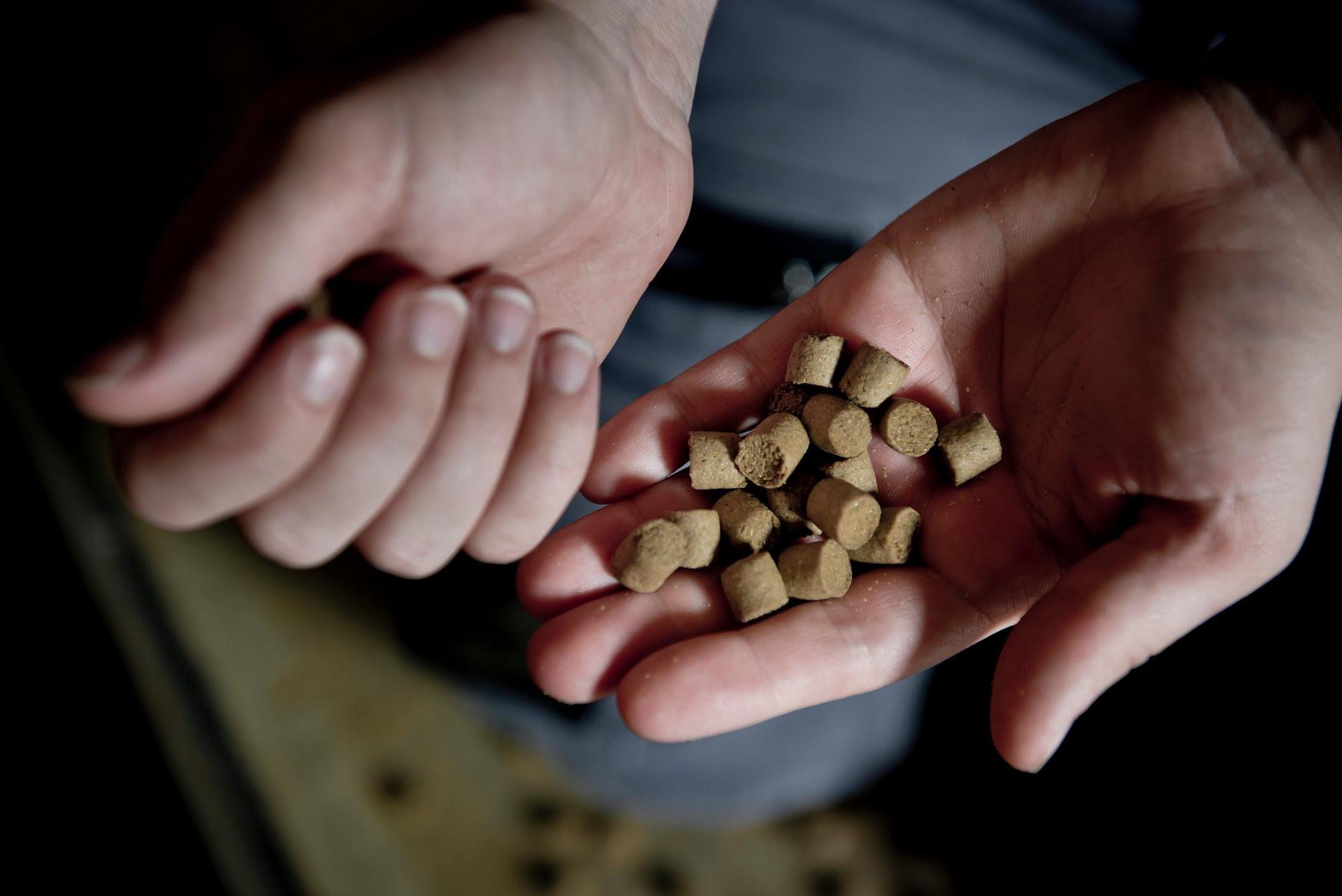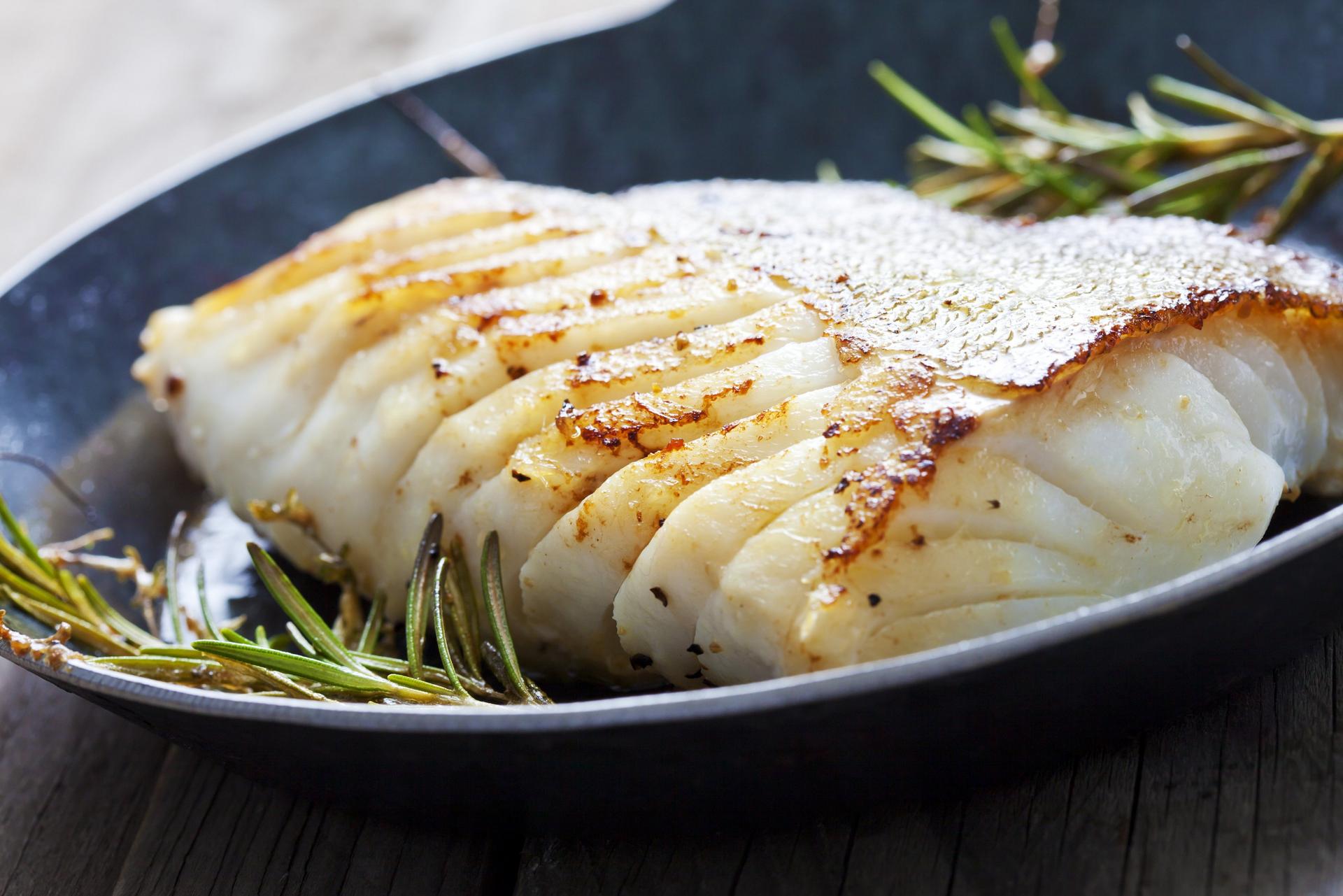Pigmentation of the fillet
Salmon and trout farmers strive to enhance the value of their produce by catering for market demands by obtaining the most advantageous fillet colour. Pigment is being added to the feed in specific doses and to be fed over specific periods of time, with the aim of being retained in the fish fillet.
Pigmentation strategy
EU regulation allows feed for all salmon and trout species to be enriched with up to 100 ppm astaxanthin (100 mg astaxanthin per kg). However, various circumstances make such large doses unattractive as a general strategy. The main reason is that the ability of the fish to absorb the pigment decreases significantly when the pigment content in the feed increases.
A research project investigating how much of the astaxanthin content in the feed is retained in the trout fillet showed that increasing the astaxanthin content in the feed from 25 to 100 ppm reduces the retention by more than half. The quantity of astaxanthin retained in the fillet does indeed increase at 100 ppm, but proportionally seen definitely not as much as one probably would expect given the increased astaxanthin content in the feed.
Astaxanthin can be quite expensive compared to other feed ingredients. Financially, it is therefore advantageous to add a more moderate amount of pigment to the feed and instead one should obtain a satisfactory colour by using pigment over a longer period. Another advantage of such defensive strategy is that the fish reach acceptable pigmentation level considerably earlier. This may be significant for instance in connection with emergency slaughter.
A rule of thumb says that the pigmentation of trout will reach a satisfactory level if they double their weight with the use of a feed with 50 ppm (50 mg astaxanthin per kg feed). Whether this rule applies is, however, highly dependent on the desired results.
Nevertheless, it is indisputable that the result basically depends on two parameters: 1. the pigment content in the feed and 2. the proportion of the fish’s growth which is based on pigment-enriched feed:
ppm astaxanthin in feed X growth = fillet colour
BioMar recommends starting the pigmentation early in order to avoid high doses. Feed with 100 ppm astaxanthin should be regarded as an emergency solution. 50 ppm should be adequate for fish that are not also farmed for roe as part of the slaughter product given the fact that astaxanthin stored in the flesh is mobilised to the eggs during maturation.
Remember, the fish can always become redder! However, it is a mistake to think that the fish must be as red as possible. That will merely result in added expense. Instead, the aim should be even pigmentation. This is what shows the real quality of pigmented fish.












